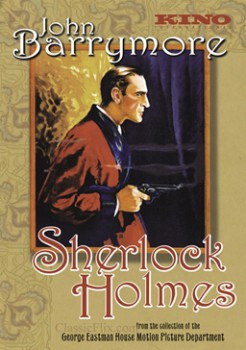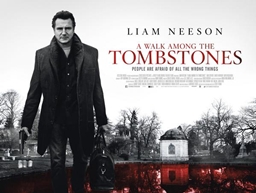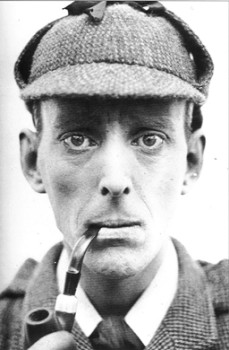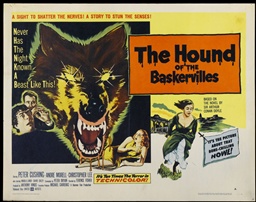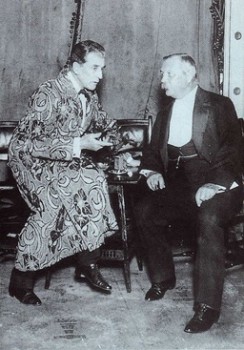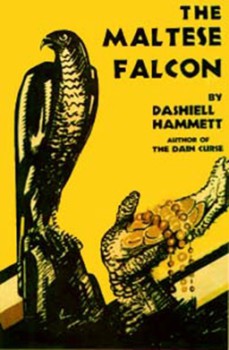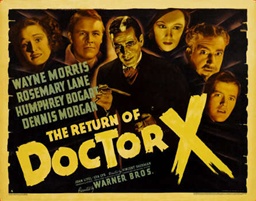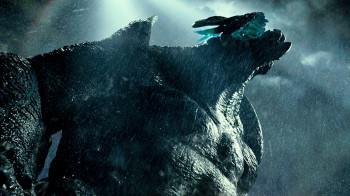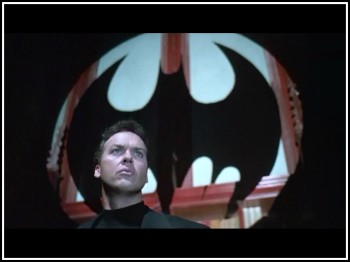Segundo de Chomón: Forgotten Fantasist of Silent Film
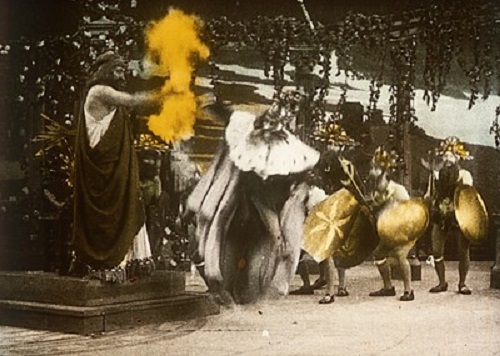
Fantasy, science fiction, and horror themes have been in the movies since almost the beginning. During the first few experimental years, movies consisted of simple scenes such as a man sneezing or a train pulling into the station, but soon that novelty wore off and audiences wanted stories. Since the medium itself seemed almost magical, directors began to experiment with the fantastic in order to tell gripping tales.
Most film buffs know of Georges Méliès and his 1902 Trip to the Moon, generally considered the first science fiction film. Méliès started out as a stage magician so it’s not surprising he added an element of the fantastic in his pioneering movies. Other early filmmakers such as Auguste and Louis Lumière and Thomas Edison tended to film realistic subjects or historical/adventure stories, although Edison did make a version of Frankenstein in 1910.
Lost amid these famous names is a man who did as much for the development of fantastic film as any of them. The Spanish director Segundo de Chomón pioneered many early special effects techniques and worked on some two hundred films. Having spent much of his career in France and Italy, he’s been claimed by no country and thus has fallen through the cracks of history.
